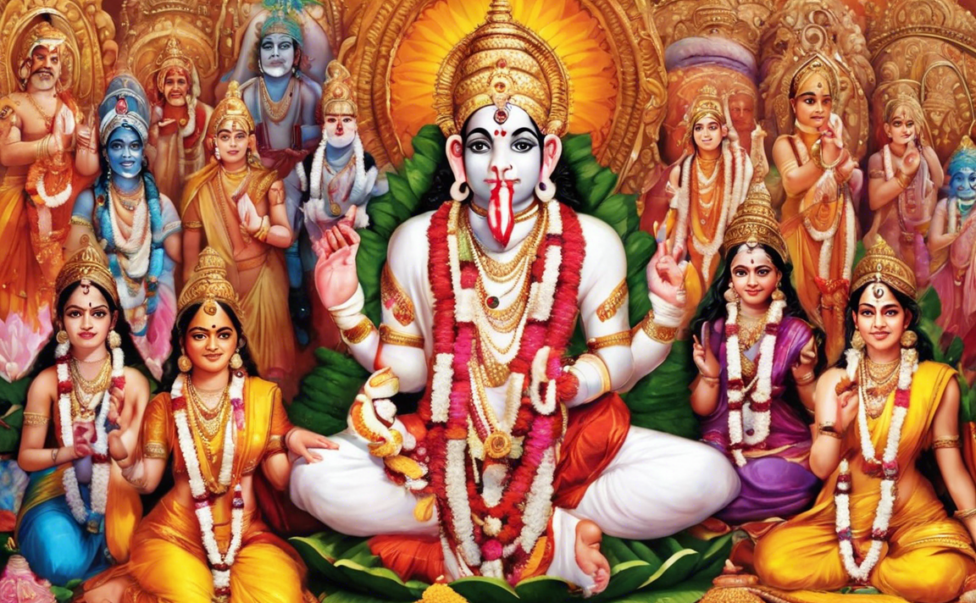Suryagrahanam in India 2024: Timings and Details
On April 8, 2024, India will witness a celestial spectacle known as a Suryagrahanam, or a solar eclipse. This natural phenomenon occurs when the moon passes between the sun and the Earth, partially or fully blocking the sun’s rays from reaching the Earth. A solar eclipse is a mesmerizing event that captivates people all over the world, offering a rare opportunity to witness the alignment of these three celestial bodies.
Understanding Suryagrahanam
During a Suryagrahanam, the moon casts a shadow on the Earth, creating a temporary darkening of the sky. There are three types of solar eclipses: total, partial, and annular. A total solar eclipse is when the moon completely covers the sun, darkening the skies and allowing the sun’s corona to be visible. A partial solar eclipse occurs when the moon only partially covers the sun, creating a partial shadow on Earth. An annular solar eclipse happens when the moon is farthest from the Earth, appearing smaller and not completely covering the sun, resulting in a ring of light around the moon.
Timings of Suryagrahanam 2024 in India
The upcoming solar eclipse in India in 2024 is expected to be a total solar eclipse in some regions. The timings of the eclipse will vary depending on the location within India:
- Partial Eclipse Begins: The partial phase of the eclipse will begin in India around 11:05 AM (IST) on April 8, 2024.
- Total Eclipse Begins: The total eclipse, where the sun will be completely obscured by the moon, will begin around 12:25 PM (IST).
- Maximum Eclipse: The point of maximum eclipse, when the sun is most obscured, will occur at approximately 12:27 PM (IST).
- Total Eclipse Ends: The total eclipse phase will end around 12:29 PM (IST).
- Partial Eclipse Ends: The eclipse will end completely by around 1:35 PM (IST).
Viewing the Solar Eclipse
While observing a solar eclipse can be a breathtaking experience, it is crucial to take precautions to protect your eyes. Looking directly at the sun, even during an eclipse, can cause serious eye damage. Here are some safety tips for viewing the solar eclipse:
- Use Protective Eyewear: Invest in certified solar viewing glasses to protect your eyes from the harmful rays of the sun.
- Use Pinhole Projectors: Create a pinhole projector to indirectly view the eclipse. This simple device projects an image of the eclipse onto a surface, allowing you to view it safely.
- Avoid Cameras and Binoculars: Looking through camera lenses or binoculars without proper filters can also harm your eyes. If using these devices, make sure they have appropriate solar filters.
- Watch Livestreams: If you are unable to view the eclipse in person, many organizations livestream the event online for safe viewing.
Significant Solar Eclipses in Indian History
Solar eclipses have intrigued civilizations for centuries, being seen as omens or significant events in various cultures. In Indian history, eclipses have held particular importance. One famous instance is the Mahabharata, an ancient Indian epic, which records a solar eclipse occurring during the war of Kurukshetra. The epic describes the sun being eclipsed on the day of the hero Abhimanyu’s death, adding a mystical element to the narrative.
FAQs about Suryagrahanam
- What is a Suryagrahanam?
-
A Suryagrahanam, or solar eclipse, is a celestial event where the moon passes between the sun and the Earth, blocking the sun’s rays from reaching the Earth either partially or completely.
-
Why is it important to use protective eyewear during a solar eclipse?
-
It is crucial to use protective eyewear during a solar eclipse to prevent eye damage from the intense solar radiation. Looking directly at the sun, even during an eclipse, can cause permanent eye injury.
-
Can I use regular sunglasses to view a solar eclipse?
-
No, regular sunglasses are not sufficient to protect your eyes during a solar eclipse. You must use specially designed solar viewing glasses that meet the required safety standards.
-
What is the difference between a total and partial solar eclipse?
-
A total solar eclipse occurs when the moon completely covers the sun, creating a moment of darkness and revealing the sun’s corona. In contrast, a partial solar eclipse happens when the moon only partially obscures the sun, resulting in a partial shadow on Earth.
-
How often do solar eclipses occur in India?
-
Solar eclipses are relatively rare events in a specific location. In India, a total solar eclipse may happen once every few years, while partial eclipses occur more frequently.
-
Can pregnant women view a solar eclipse?
-
Pregnant women are generally advised to avoid directly looking at a solar eclipse, just like anyone else. It is essential to take precautions to protect the eyes if observing the eclipse indirectly.
-
Where is the best place in India to view the 2024 solar eclipse?
-
The best locations in India to view the 2024 solar eclipse would be those with clearer skies and minimal light pollution. Coastal areas or open spaces with unobstructed views of the sky are ideal for witnessing this celestial event.
-
How can I explain a solar eclipse to children?
- To explain a solar eclipse to children, you can use simple terms and visual aids like diagrams or models to illustrate how the moon, sun, and Earth align during an eclipse. Emphasize the importance of eye safety and the wonder of witnessing a natural phenomenon.
In conclusion, the Suryagrahanam in India in 2024 presents a unique opportunity to witness a captivating celestial event. By understanding the timings, types of eclipses, safety measures, and historical significance of solar eclipses, you can make the most of this extraordinary occurrence. Remember to view the eclipse safely and enjoy the beauty of the cosmic dance between the sun, moon, and Earth.

